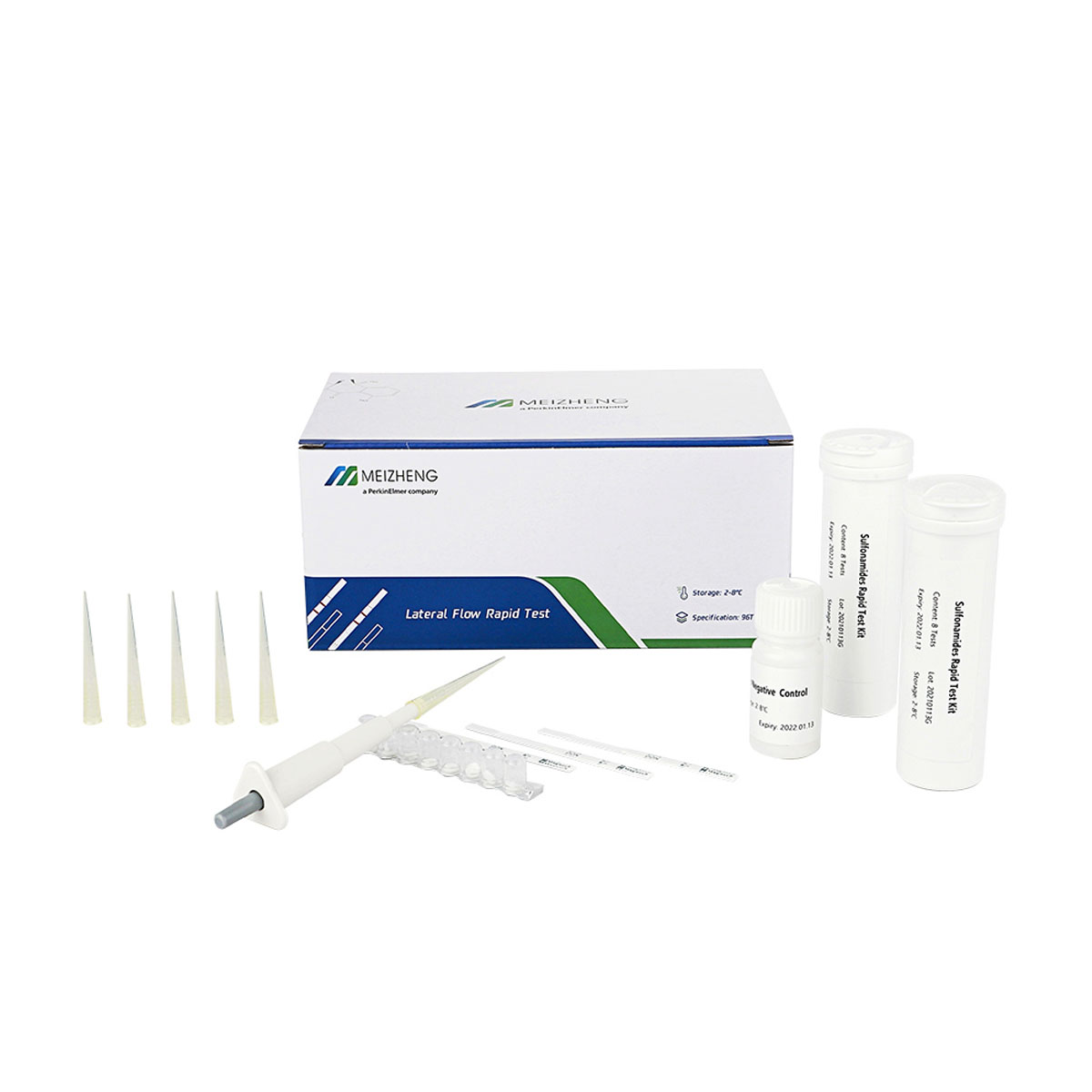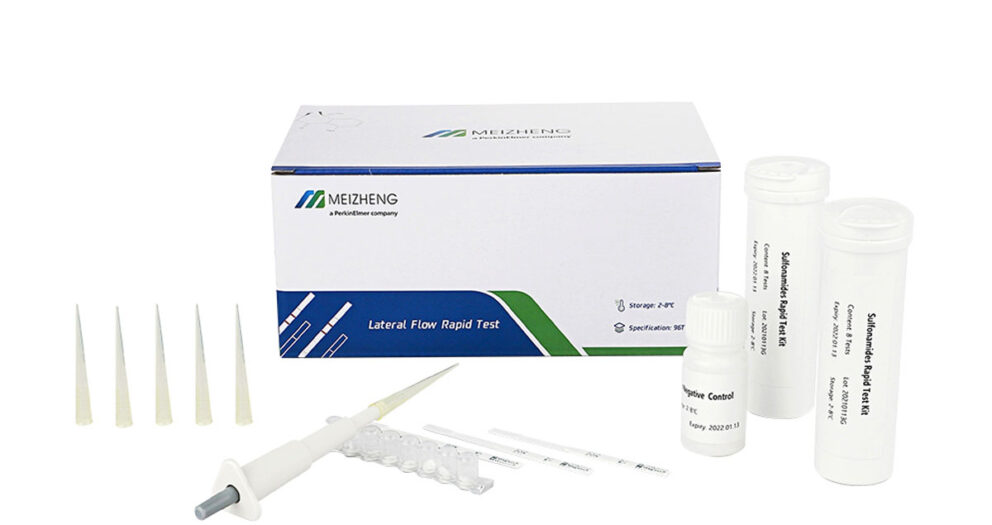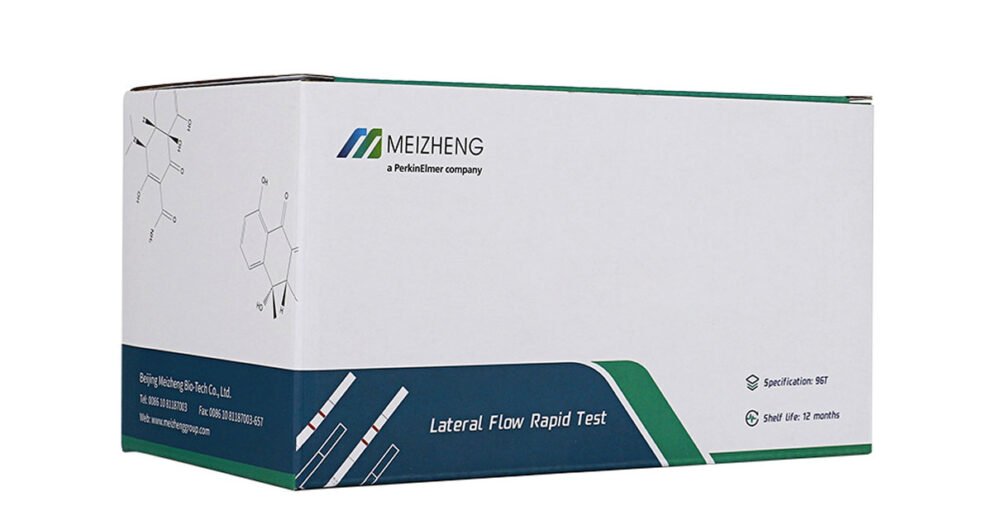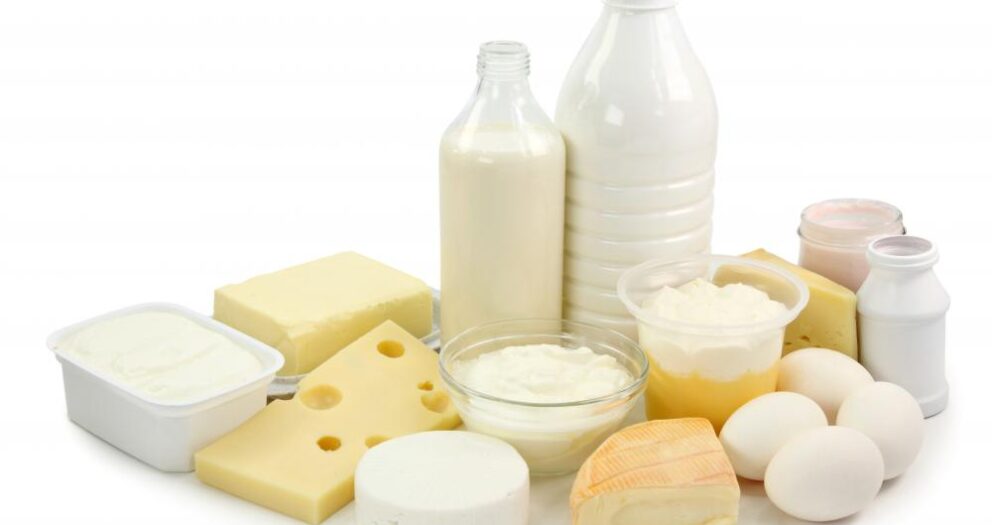As a drug that can inhibit and kill bacteria, antibiotics have been widely used in medical and health care, livestock and poultry breeding, agricultural production and other industries, and have made great contributions to the economic development of society. In the livestock and poultry breeding industry, antibiotics are mainly used as feed additives to prevent and treat animal diseases and promote animal growth. However, the irrational application of antibiotics in the livestock and poultry breeding industry has become very common. The following are the five major hazards of irrational use of antibiotics:
1. Adverse reactions of the drug itself.
After antibiotics enter the human body, while playing a therapeutic role, they will also cause adverse reactions. The more drugs, the higher the chance of causing adverse reactions. One-third of the adverse drug reactions in our country are caused by antibiotics. There are many types of antibiotics, and the adverse reactions or serious adverse reactions caused involve every system of the body. For example, long-term use of gentamicin can cause kidney damage. , Large use of tetracycline can cause liver damage, long-term use in children will also affect the development of teeth and bones, and so on.
2. Increase bacterial resistance
The extensive use of veterinary drugs will inevitably increase bacterial resistance due to selective pressure. Especially in today’s economic globalization, the spread of drug-resistant bacteria is getting faster and wider. The widespread use or even abuse of veterinary drugs, especially the use of sub-dose for growth promotion, leads to the death of a large number of sensitive bacteria, and the proliferation of drug-resistant bacteria, which promotes and enhances the drug resistance of bacteria. The emergence of drug resistance makes the efficacy of antibacterial drugs lower and lower, and the use of standard doses can no longer play a role in preventing and curing diseases. It is possible to continue to increase the dose to be effective, which will lead to prolonged disease duration. , the increase in drug costs may also lead to complications, resulting in an increase in the mortality rate of animals, and some pathogenic bacteria even increase their pathogenicity due to drug resistance, leading to large-scale epidemics of diseases, which greatly endangers the health of animals, and also brings harm to animal husbandry. Direct economic losses caused by industrial production. The problem of bacterial resistance not only affects the prevention and treatment of animal diseases, but also poses a serious threat to human health. Staphylococcus isolates from companion animal cat and dog Staphylococcus You and resistant staphylococci isolates from humans have similar resistance patterns, suggesting that resistant staphylococci bacteria can be transmitted from cats and dogs to humans, causing treatment failure in humans.
3. Endangering public health
If a large amount of residue is ingested at one time, acute toxic reactions (allergy, poisoning) can occur. When the antibacterial drug remains in the meat food and enters the human body, it will sensitize some sensitive people and produce antibodies. When these sensitized individuals are then exposed to these antibiotics or treated with these antibiotics, these antibiotics will combine with antibodies to form antigen-antibody complexes, and allergy occurs.
4. Influencing clinical drug use and new drug development
Long-term exposure to a certain drug can reduce the body’s humoral and cellular immune functions, resulting in various pathological changes, the formation of difficult diseases, or unexplained toxic side effects during medication, which brings difficulties to clinical diagnosis and treatment. For example, vitamin E is known as a universal vitamin, and it plays an important role in the growth and conservation of livestock and poultry. Second, the irrational use of drugs will bring pressure on clinical treatment costs. The increasing drug resistance of clinical pathogens makes antibiotics less and less effective. In the process of animal breeding, when an infectious disease occurs, if several antibacterial drugs are ineffective, it will not only increase the cost of feeding, but also affect the production performance of the animal due to the prolongation of the disease course, which will reduce the profit of breeding, or even lose all the money. At the same time, the abuse of veterinary drugs also brings pressure to the development of new drugs. Due to drug abuse, bacteria develop drug resistance at an accelerating rate, and drug resistance is also increasing. This makes the lifespan of antibiotics gradually shortened. Continuous development of new varieties is required to overcome bacterial resistance. However, the development cycle of new drugs is long, the technical requirements are high, and the capital consumption is large, but the success rate is very low. The development of new antibacterial drugs is slowing down, and the resistance of bacteria is accelerating, which will certainly bring great harm to human beings.
5. Pollution of the environment
After animals are administered drugs, the drugs are excreted in the form of prototype or metabolites with excreta such as feces and urine, and remain in the environment. After most veterinary drugs are discharged into the environment, they are still active and will affect soil microorganisms, aquatic organisms and insects, especially anthelmintic drugs and antibacterial drugs are more harmful to the environment. These drugs enter the soil and water in different ways, which not only promotes the development of bacterial resistance, but also the drugs that remain in them can also cause harm to the health of humans and animals through the food chain.
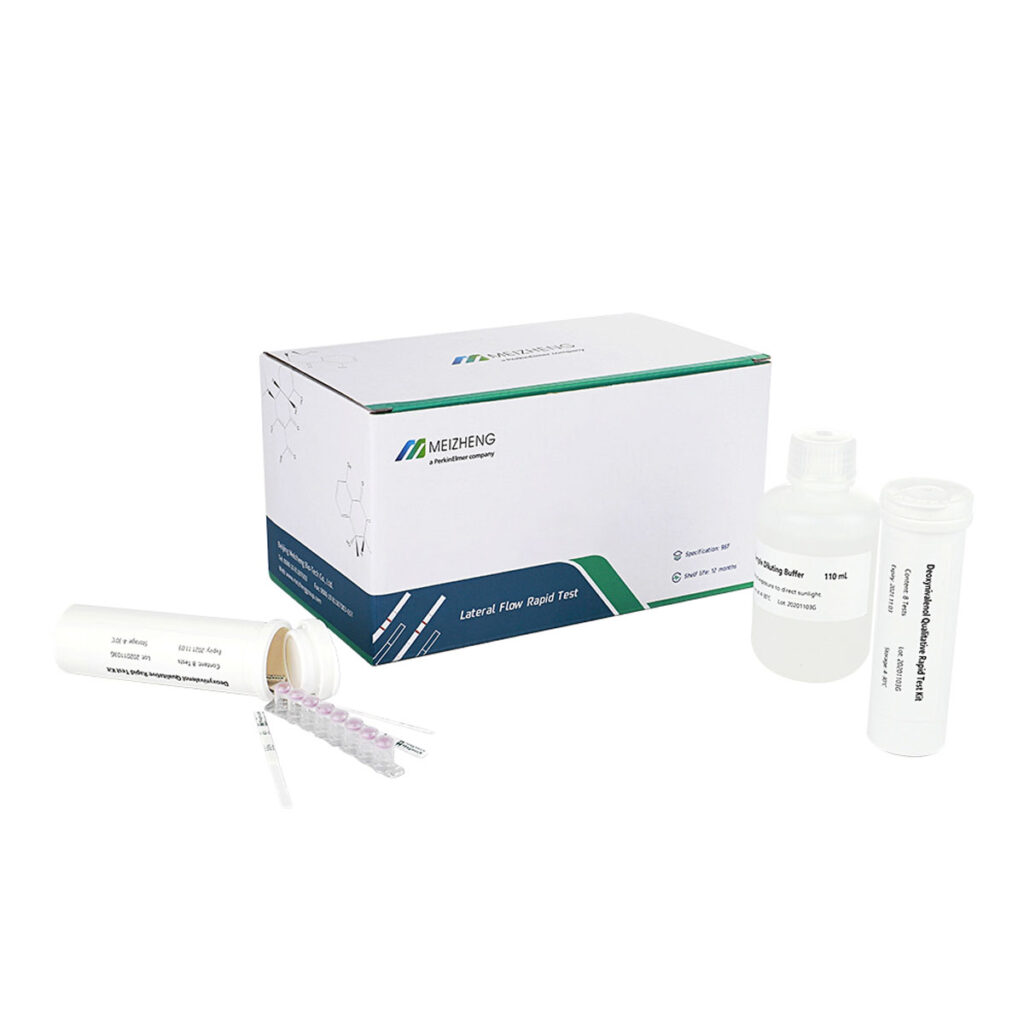
Unreasonable use of antibiotics not only harms human health, but also causes significant economic losses, so antibiotic testing methods are needed to regulate this phenomenon. Meizheng Antibiotic Residue Rapid Test Kits can quantitatively detect the content of antibiotic residues (penicillins, sulfonamides, quinolones, tetracyclines, cephalosporins, amides and other antibiotic residues); antibiotics Residue Rapid Test Kits are widely used in farms, aquatic products market, aquatic product deep processing enterprises, inspection and quarantine units, etc.


